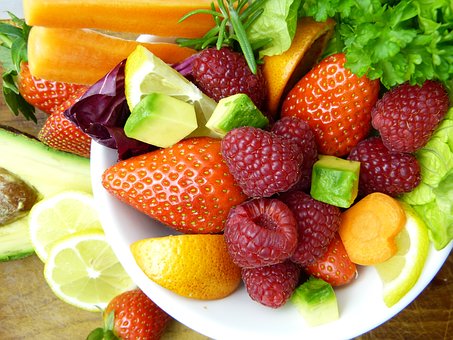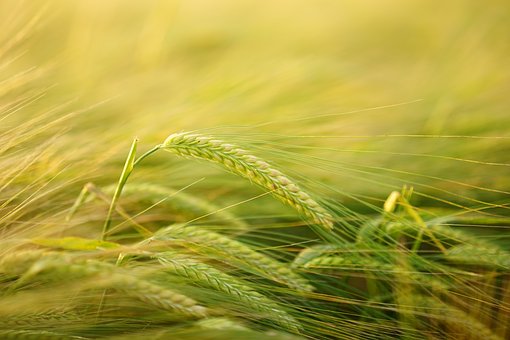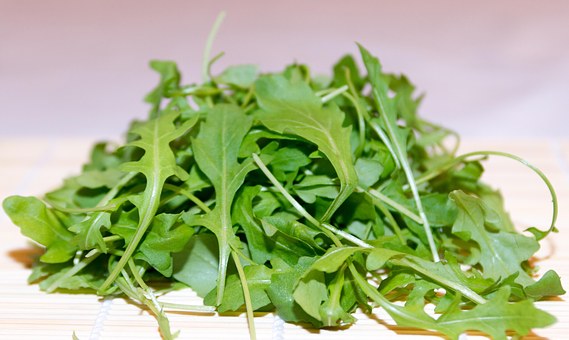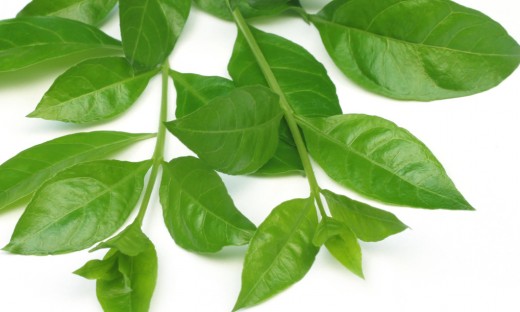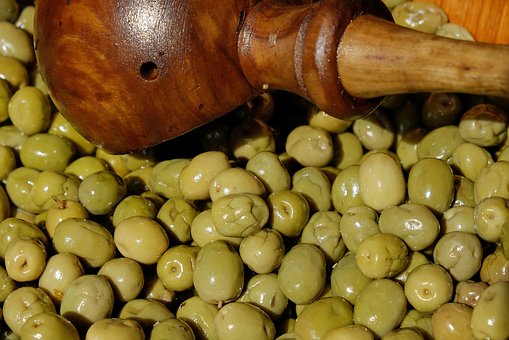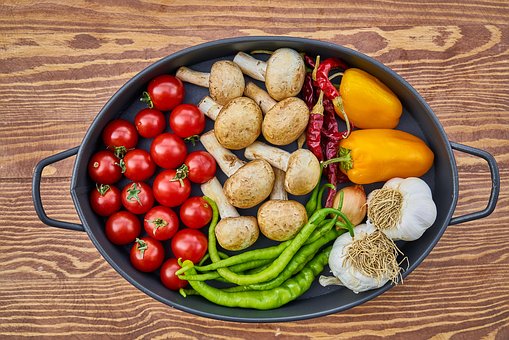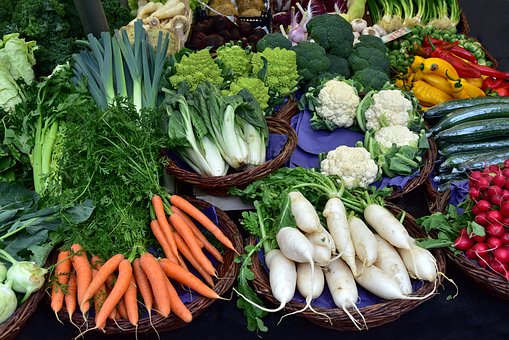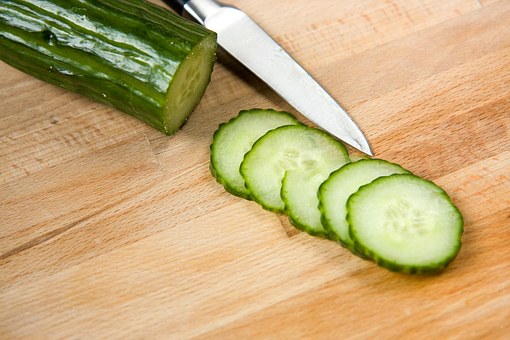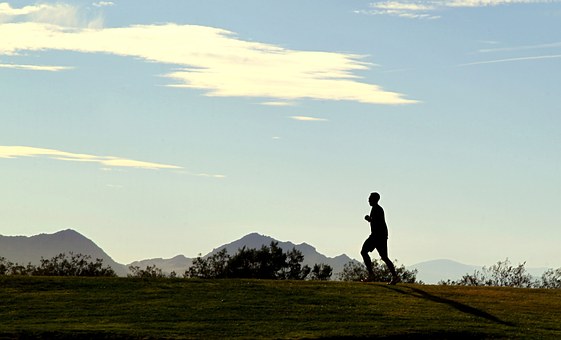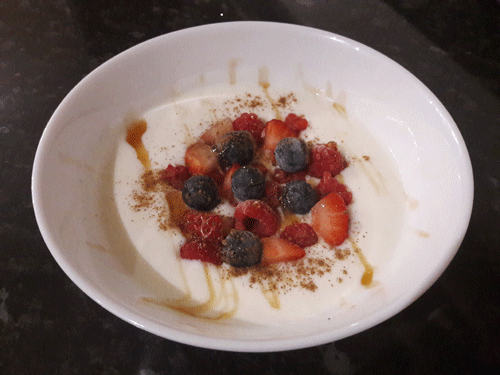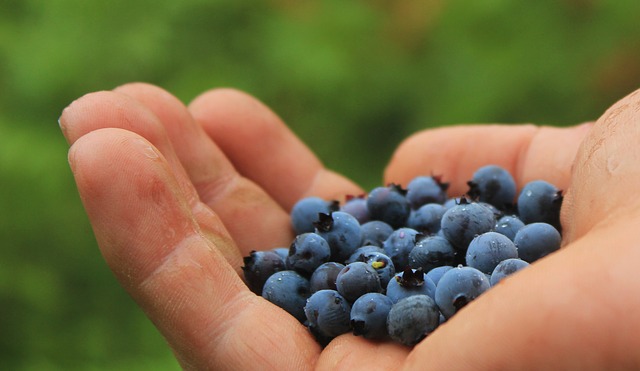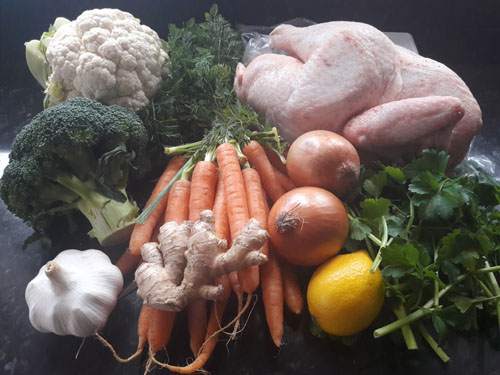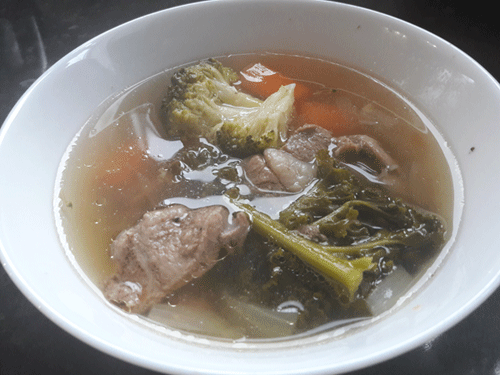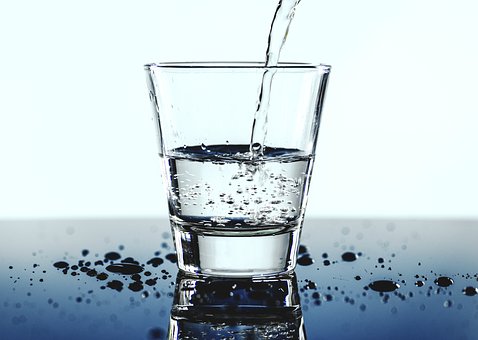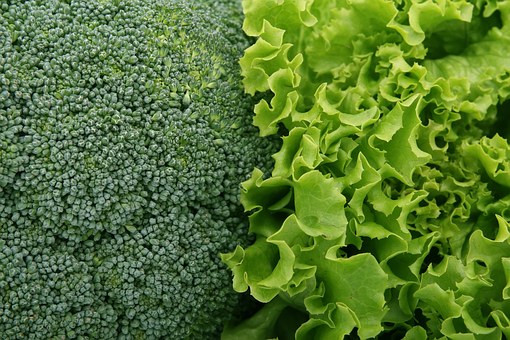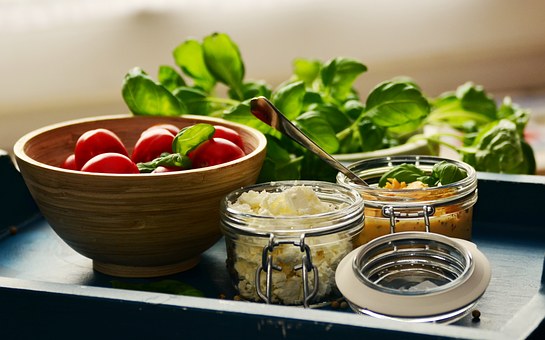How Diet Can Affect Acne
© HealthyMuslim. See Terms and Conditions
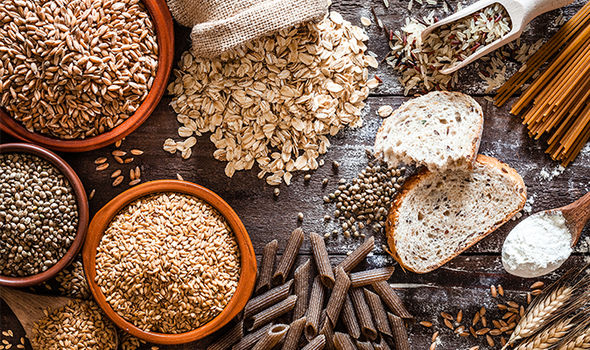
The study was conducted by nutritionists at the Royal Melbourne Institute of Technology in Australia, who followed two groups of young males, aged 15-25, with acne. Buy Accutane. Half of them followed their regular diet, which included plenty of processed foods with a high glycaemic index (GI) -the type of diet that is typical among westerners, while the rest were given a low-GI diet of whole grains, lean meat, fish and plenty of fruit and vegetables.
After 12 weeks, the low-GI group showed a measurable decrease in their acne. "That is a better result than you would see from using a topical acne solution," said Professor Neil Mann, who led the study. A high-GI diet raises levels of insulin and an insulin-like growth factor, IGF-1, which increases production of the male hormone testosterone. This, in turn, triggers the overproduction of sebum, the greasy substance that blocks pores and causes spots. "A diet rich in processed foods pushes glucose and insulin levels higher, exacerbating this problem," Mann said.
The trial was small and more thorough investigation may be necessary; but it adds to a growing number of studies providing evidence that diet is influential in causing skin disorders.
Another study conducted at the Harvard School of Public Health in Boston found that milk was a key trigger in the cause of acne. The team studied the diets of more than 47,000 women as teenagers. Excessive milk consumption was found to be the common factor in the women with acne.
The lead researcher, dermatologist Bill Danby believes that it is because of the hormones in milk.
"The ability to develop acne is partly genetic and partly the result of hormone exposure ."
Most dermatologists usually agree on how acne is caused: the male hormone testosterone (also found in women), changes to dihydrotestosterone (DHT) in the sebaceous glands, the oil-producing glands in the skin. Acne is produced when the hormone causes too many of the cells that line the duct of the gland to be produced too quickly. Unable to separate from each other, they stick together and form a plug in the pore - the first visible sign of acne.
The milk most of us drink is produced by cows for their calves. To ensure maximum milk yields cows are inseminated days after giving birth to their calves, which are taken away. A dairy cow will spend most of its life being milked and being pregnant at the same time. So milk is full of hormones: not only ones intended to help the calf grow, but also those produced by the placenta to aid the cow's pregnancy. They include DHT, and other hormones that are the pre-cursors to DHT. In other words, the hormones teenagers naturally produce are plentiful in milk. It also contains other growth-enhancing hormones too - as Danby says: "Milk is, after all, specifically designed to make things grow."
Though the official advice is that diet is not linked to acne, some dermatologists are coming round to the idea that a poor diet may contribute to acne.
Here are some suggestions on what foods to eat and what to avoid to control acne:
Foods to eat: Whole grains, 70% dark chocolate, lentils, brown rice, porridge, apples, dried apricots.
Foods to avoid: White bread, milk, processed and refined foods, fizzy drinks, sweets.
Link to this article: Show: HTML Link • Full Link • Short Link
Share or Bookmark this page: You will need to have an account with the selected service in order to post links or bookmark this page.





|
Related Articles:
- Move Away From Diet High in Processed Foods to Reduce Disease Risk
- Diet And Intestinal Bacteria Linked To Healthier Immune Systems
- Phytochemicals In Plant-based Foods Help Battle Obesity and Disease
- Mediterranean Diet Associated With Beating Depression
- Study: Healthy Diet Can Help Avoid Diabetes Drugs
- Why Diets Don't Work and Tips to Lose Weight
- Studies Show Anti-Cancer Benefits of a Healthy Diet and Lifestyle
- How Diet Can Affect Acne
- Ibn al-Qayyim: Majority of Diseases Arise Out Of Improper Dietary Habits and Low Nutritional Value Foods
You must be registered and logged in to comment.
Most Popular
Latest Articles
Popular Subjects
Health, fitness and longevity
Based upon the principles of health
in the Qur'an and Prophetic Traditions.
HealthyMuslim.Com
There are two bounties in which
most people lose out: good health
and free time. Al-Bukhari.





